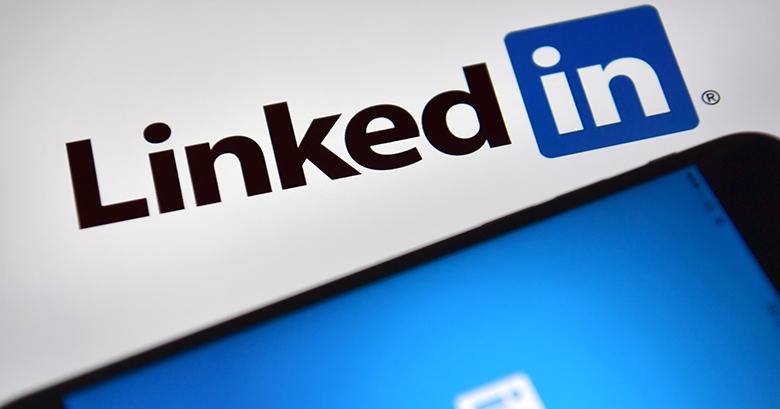LinkedIn used for spying?
December 13, 2017 | Expert Insights

The German intelligence agency (BfV) has accused China of using fake LinkedIn profiles to gather information on German officials and politicians. China for its part has denied the allegations.
Background
LinkedIn is a business- and employment-oriented social networking service. It was founded on December 28, 2002, Reid Hoffman, Allen Blue, Konstantin Guericke,Eric Ly, Jean-Luc Vaillant and was launched on May 5, 2003. It works primarily as a platform for professional networking. Employers post job listing and job seekers posting their CVs. Companies also post their latest news and developments. As of 2015, most of the company's revenue came from selling access to information about its members to recruiters and sales professionals. As of April 2017, LinkedIn had 500 million members in 200 countries, out of which more than 106 million members are active. Based in the United States, the site is, as of 2013, available in 24 languages. On June 13, 2016, Microsoft announced plans to acquire LinkedIn.
The Federal Office for the Protection of the Constitution (also known as BfV) is Germany's domestic security agency. Together with the Landesämter für Verfassungsschutz (LfV) at the state level, it is tasked with intelligence-gathering on threats concerning the democratic order, the existence and security of the federation or one of its states.
Analysis
The German intelligence agency (BfV) has accused China of using fake LinkedIn profiles to gather information on German officials and politicians. China for its part has denied the allegations.
In what is being considered an unusual step, the intelligence service even named individual profiles that it claims are fake people and fake organizations. They have stated that this step was taken in a bid to warn the public and German officials about the possibility of a leak. The agency said, “Chinese intelligence services are active on networks like LinkedIn and have been trying for a while to extract information and find intelligence sources in this way.” This includes seeking data on users’ habits, hobbies and political interests.
BvF said that the agency arrived at the conclusion after investigations lasting for 10 months. It said that 10,000 Germans were contacted through LinkedIn by fake profiles. These profiles pretended either to be head hunters or scholars, think-tankers or consultants. There could be a large number of target individuals and fake profiles that have not yet been identified.
Chinese Foreign Ministry spokesman Lu Kang said the accusations were baseless. Lu said, “We hope the relevant German organizations, particularly government departments, can speak and act more responsibly, and not do things that are not beneficial to the development of bilateral relations.”
Some of the “fake” profiles published by BvF were accounts going by the names Allen Liu (the account claims that Liu is a human resources manager at an economic consultancy) and Lily Wu, (whose account claims that she works in a think tank in China).
Assessment
We believe that the primary intent is to compromise individual’s computers and their corporate or government access to ultimately penetrate organisations of interest. The idea is to exploit the trusted insiders access. Social networks are prime hunting grounds for all types of social engineers. We also sense that the objective of such targeting is primarily economic and targets companies in the Western Hemisphere.








Comments